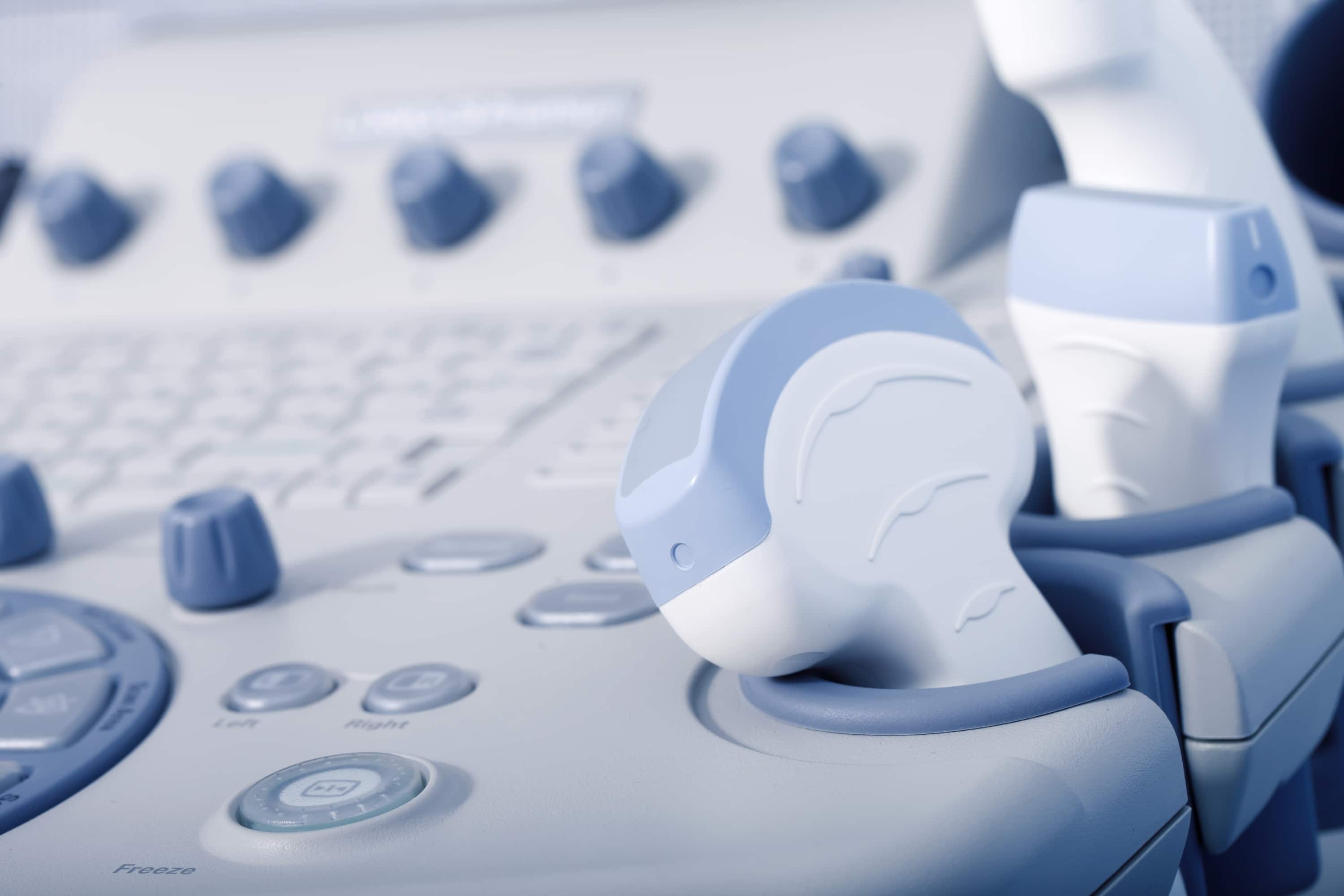
Medical malpractice claims are increasingly a prominent issue in the United States healthcare system. By the historical legal definition, medical malpractice refers to a legal suit which centers on a healthcare practitioner’s alleged breach of his/her professional medical duty to the patient. Furthermore, the person who brings forth the suit must be able to prove that this breach caused more than negligible harm, including proof of significant injury that led to damages.
Across the spectrum of healthcare providers, anesthesiologists and certified registered nurse anesthetists (CRNAs) are among the specialists with the highest number of malpractice claims nationwide. Research shows that approximately a third of anesthesiologists will encounter at least one medical malpractice suit resulting in an indemnity payment, over a six-year time period. Furthermore, indemnity payments related to anesthesiology-based medical malpractice claims are often high-cost. Anesthesiologists comprise the third largest bucket of physicians that are held liable to pay higher than a million dollars in one medical malpractice claim. The significance of the financial burden incurred to the practitioner, along with the trickle effects that influence the professional reputation of the physician, underlines the critical nature of this issue to anesthesiologists and CRNAs that practice in the United States.
So, which types of medical episodes are most likely to result in medical malpractice claims against anesthesia healthcare providers? The Advanced Institute for Anesthesia Practice Management reports that nearly half of all anesthesia medical malpractice suits are associated with anesthesia for dental procedures. The next highest number of claims result from deaths that occurred due to or as a result of improper anesthesia administration. Lastly, a small proportion of claims result from issues such as nerve damage, tissue injury, infection, surgical complications, extended pain, burns, or errors in medication administration.
To prevent the onset of medical malpractice claims, anesthesia providers such as anesthesiologists and CRNAs should follow the below guidance, based on advice from experts in the field:
- Informed, holistic consent is necessary to prevent future claims. If a patient does not feel comprehensively informed about the procedure, including the potential symptoms during recovery time, he/she is much more likely to feel a sense of betrayal and confusion after the procedure. To ensure informed consent, anesthesiology practitioners should maintain that support staff such as research coordinators, registered nurses, and even physicians are trained on how to deliver ethical, culturally sensitive, informed consent to every patient who walks in the door before the procedure.
- Focus on increased documentation pre, during, and post-surgery. While documentation requirements are already heavy, it is essential that anesthesiologists and CRNAs have extensive records at their disposal in order to prepare for any potential outcome during the procedure. Moreover, extensive documentation is the best practice from the management perspective as well, for analyzing past medical episodes to determine patterns of care or potential factors that may influence the outcomes of surgeries. In this field, information is essential.
- If a mistake is made, consider mediation. Even in a highly fixed setting such as the operating room, mistakes occur because of sleep deprivation or human error. If a mistake was undeniably made by a practitioner in the OR, it is useful to remain open to mediation with an independent third-party mediator. Mediation is a modern conflict resolution practice that is rising in relevance as physicians and patients begin to realize the negative spiral of engaging in endless arbitration. With mediation, the two parties can settle on a financial payment that both believe is fair for the claim. Moreover, if the practitioner is willing, in the mediation setting patients have the option to receive an apology, a practice that is nearly impossible in the arbitration setting.
Errors can happen, even in the most controlled of circumstances such as an OR. However, anesthesia professionals and healthcare administrators can use tools such as the above to circumvent the onset of medical malpractice claims, allowing practitioners and patients to work together towards a peaceful and healthy future.
Sources




